
How to increase low milk supply

Low milk supply problems are among the most common concerns that new mothers often face. New mothers always ask, even during their pregnancy, what are the ways to boost their milk supply to prepare for their little one's arrival. As such, we have outlined in these articles some practical ways to increase one's milk supply and insights on what breastfeeding mothers should avoid doing and eating.
When it comes to supplements and food that can aid breast milk production, one of these foods is moringa oleifera. It has been studied as a galactagogue or a food supplement that can help boost her milk supply fast.
How can I quickly boost my milk supply?

One of the primary concerns of expecting and newborn mothers is to have a low milk supply. However, before increasing your milk supply, you need to know if your baby is getting enough milk or not.
Here are some of the things to look out for in order to know that your baby is getting enough milk while feeding and after feeding:
- You can see that your baby is swallowing while feeding.
- The cheeks of your baby are full and not sucked in.
- Your baby releases your breasts on his or her own or falls asleep and releases them.
- Your breasts feel soft and empty and not hard after feeding.
If you are not seeing and experiencing any of these signs, it's important first to let your lactation consultant or your child's pediatrician know of these experiences. Then you can then discuss the possible reasons why you think your supply is low or isn't enough for your child. 
Medically speaking, some of the reasons include the following:
- Losing too much blood while giving birth can dampen your milk production.
- Retaining parts of your placenta after giving can also affect your milk production.
- Mothers with hormonal disorders such as diabetes or ovarian syndrome also face trouble in producing milk.
- Breast trauma or injury may also affect your milk production.
A few non-medical reasons for why you're experiencing low milk supply may include:
- Baby is feeding fewer than eight times within 24 hours;
- Your baby does not properly latch or sucks weak; and/or
- Feeding your baby with a bottle after breastfeeding because you think they did not get enough milk.

By understanding some of these reasons for having a low milk supply, we can now look into ways how to increase your milk supply, which can include the following:
- Kangaroo care, or skin-to-skin, is critical in the first few hours of the baby's life and the first few weeks. There's no actual timeline to stop skin-to-skin with your child. Some even suggest holding your child even as they become toddlers because they are able to communicate better when they are held.
- Stay healthy and hydrated. It's also essential for new mothers to eat healthily. So, include protein, fruits, vegetables, and whole grains in your diet. Make sure to get enough rest and sleep.
Other mothers also prefer to add galactagogue food and supplements to their diet, even before giving birth, to help with their milk supply. One of the best supplements you can add is Moringa which contains amino acids, vitamins, and antioxidants.
Hydration is also essential for lactating mothers. You can choose to drink water or hot or cold tea.
- Understand the hunger cues of your baby. By doing this, you get to feed them within the right moment and not strictly follow a feeding schedule. Remember, you need to feed your baby 8 to 12 times within 24 hours in the first few weeks.
- Learning how to boost your milk supply includes learning and teaching your baby to latch properly. Also, learn to hold your baby properly when feeding and ensure that your body is within the right range. Check if you have an inverted nipple.
- When feeding, always offer both breasts so (1) both breasts will get the "make milk" message and (2) both breasts can be emptied after every feeding.
-
Before every feeding, you can massage your breasts to encourage milk to let down.
[1] https://www.medela.com/breastfeeding/mums-journey/low-milk-supply.
[2] https://wicbreastfeeding.fns.usda.gov/low-milk-supply.
What actually increases milk supply?
The answer to this question isn’t a one-size-fits-all answer. More importantly, mothers should also understand that a high milk supply is not the goal when breastfeeding. The most important part of the process is to establish milk production and be able to produce the milk that your baby needs.
Also, as we’ve shared above, there are several steps you can take to help with low milk supply.
So, here are some research-backed steps on how to boost milk supply:
- Early and unrestricted skin-to-skin contact between mother and baby.
Lay your baby between your breasts in order to encourage baby-led feeding. In this process, the baby will search for your breast and will attach it to feed. This is crucial as it will (1) help the baby calm down and relieve their stress and (2) teach them to learn the skill of breastfeeding.
- Ensure a comfortable feeding position for you and your child
There is no right or wrong way to position the infant or to hold the infant while breastfeeding. Therefore, finding the best way for you and your child is important. You can try various positions, such as the cradle hold, cross-cradle hold, etc., but always remember that there isn’t one correct way to hold your infant. So, try and find what position best suits both of you.
- Early and consistent suckling of the baby
Babies, in the first 60 minutes of their life, should suckle on their mothers' breasts. Even though the baby only gets a small amount of milk, frequent suckling has been shown to positively affect milk production.
- Frequency of feeding
Children often feed four to 13 times within a 24-hour period, wherein 20% of these feeding happen at night. However, some babies sleep up straight at night, often up to 11 hours, so they feed more in the daytime.
Milk production and drainage are affected by the storage capacity of the mother’s breast. Therefore, mothers who have large storage capacity can breastfeed their children six times a day, while those with small storage will have to feed their children more often in shorter intervals.
With these steps on hand, definitely, a low milk supply can be resolved by frequently draining the milk from the breast in a proper way that’s comfortable for you and your child, either through nursing or pumping.
[3] https://www.jognn.org/article/S0884-2175(15)31026-1/pdf
What food helps with breast milk supply?

Though your milk supply is not directly affected by the food you eat, there’s no harm in adding some food to your diet to try to have that extra milk boost. Galactagogues can help with your milk supply. However, there is no direct evidence or studies that they can boost your milk supply fast.
Nonetheless, there is no harm in adding this food to your diet to try to help remedy your low milk supply. Here are some of the galactagogue food you can try:
- Moringa
Adding moringa to your diet, either in capsule, powder, or tea form, you’ll still get its benefits that will help with your milk supply. Specifically, moringa powder contains 4000 mg of calcium, iron, protein, and antioxidants.
- Oatmeal or oat milk
Lactating mothers with low iron levels often report low milk supply. As such, even though there aren’t any studies suggesting that oatmeal is a galactagogue, it’s a good source of iron. Therefore, one bowl of oatmeal daily is said to help with milk production.
- Lean meat and poultry
Another great source of iron, pork, lamb, and lean beef should be part of your diet. You can check our meatloaf recipe for lunch or dinner, or you can slow-cook bone broth which is also packed with collagen, minerals, and amino acids.
- Vegetables and fruits
Yellow and dark green vegetables, beans, dried fruits, nuts, and dairy are also great sources of iron and zinc for lactating mothers.
Moreover, learning how to boost your milk supply by changing your diet also means you need to know how much you should eat. First, your weight after giving birth can help with your milk production. After losing your baby weight, it’s then advised to an extra 500 calories every day.
At six months, your baby will start eating solid food which means he or she will need lesser milk. As such, you can start cutting back on your calorie intake.
What should I not eat while breastfeeding?

In learning how to boost your milk supply fast, you also need to learn what food and drinks you must avoid or limit while breastfeeding. Though these food and drinks do not directly affect your milk production, they can interfere with the quality of your milk.
Some of this food and drinks include
- Alcoholic beverages
There have been no studies about the level of alcohol in breast milk which are safe for baby’s consumption. Therefore, if you are drinking, it’s highly advisable to avoid breastfeeding. Wait up to three hours to pump or express your milk to ensure that the alcohol is already out of your system.
- Caffeinated beverages
You can drink caffeinated drinks in any form as long as you only consume a limited amount. Nonetheless, it’s important to note that some babies are more sensitive to caffeine than others. So, even though there are only small traces in your breastmilk, it can still affect your baby, especially those who are newborns or preemies.
- Fish
Seafood can become a source of protein that you need in your diet. However, most seafood contains mercury and other impurities; therefore, you should consume seafood minimally. It’s also recommended to avoid eating swordfish, tilefish, and king mackerel because it’s high in mercury.
Therefore, even if you have a low milk supply, it’s still advisable to avoid or consume this food and drinks to ensure that your milk is safe for your child.
[1] https://www.fammed.wisc.edu/files/webfm-uploads/documents/outreach/im/ss_galactogogues.pdf
[1] https://www.chop.edu/pages/diet-breastfeeding-mothers
How Go-Lacta Increases low milk supply
Concerns about having a low milk supply are normal among pregnant and lactating mothers. Many would ask for advice on how to boost their milk supply from their family, friends, location consultants, and doctors.
In terms of supplements, Go-Lacta® Moringa can be one of the supplements you can add to your prenatal vitamins and postnatal vitamins. It is made from moringa which is directly sourced from the Philippines.
Moringa contains the following:
- Moringa contains 4000 mg of calcium compared to 8 ounces of milk which only has 300-400 mg of calcium.
- One hundred grams of moringa contains 4 mg of iron and 9.4 grams of protein.
- Every tablespoon of moringa powder contains 3 grams of protein.
- Moringa also contains zinc.

A double-blind, randomized controlled trial among 68 postpartum mothers was conducted. These mothers had their children less than 37 weeks and were given moringa oleifera capsules 3 to 5 days after giving birth. The result showed that those who consumed moringa oleifera capsules experienced an increase in production.
With the results on hand and the nutritional content of moringa, it can be construed that adding Go-Lacta® Moringa to your postnatal supplement can make a positive impact on your breastmilk production.
frequently asked questions
What is Go-Lacta Moringa Capsule?For problems regarding low milk supply, natural supplements like the Go-Lacta Moringa Capsule are great vegan-friendly alternatives. It’s made with 100% organic ingredients, specifically the Moringa grown in the Philippines.
Moringa oleifera Lam leaves grown in the Philippines is the only type of Moringa Go-Lacta uses. It is tested and proven to have one of the highest nutritional contents of Moringa in all of Asia. The Moringa leaves that help support breast milk production is harvested and processed in the same area, ensuring quality, freshness, and the highest level of sanitation.
To further ensure quality, the Go-Lacta routinely tests the farm soil and water sources for the presence of heavy metals, pesticides, and toxins.
Why Choose Go-Lacta?
There are a lot of supplements out there similar to Go-Lacta, but none of them have what the Go-Lacta Moringa Capsule has. If your problem is how to boost your low milk supply, then the capsule made with one of nature’s best galactagogues should be your choice.
Each capsule contains around 500mg of dried Moringa leaves that are proven to be helpful for mothers having a problem with milk production. The Go-Lacta Moringa capsule works 2-5 days after the initial capsule is taken. Three capsules twice a day is the suggested amount that works best, but the dosage can be upped to 3 capsules twice a day.
Can Go-Lacta Help Me Boost My low milk supply?
The Go-Lacta Moringa Capsule is a proven effective and leading breastfeeding supplement to guaranteed to boost your low milk supply. If you’re having a hard time thinking of how to boost your milk supply, the galactagogue property Moringa has shown is guaranteed to work for a majority of mothers. Because it’s natural, you won’t have to worry about any complications or side effects.
Prolactin, the serum found in pregnant women and new mothers, is one of the main indicators of Go-Lacta Moringa’s effectiveness. A rise in the amount of prolactin has been found in women that consume Moringa and capsulated versions.
Unlike some Moringa products, Go-Lacta is actually made for both pregnant women and new mothers. For pregnant women, it helps with the process of preparing them for milk production after giving birth even if they’re still months away from delivery.
Although it’s not necessary for you to take Go-Lacta in the early stages of pregnancy, it definitely does help during the last trimester. It definitely won’t hurt to start early!
What Is Go-Lacta Pure Premium Organic Moringa Tea?As an alternative to the Moringa capsule, the Go-Lacta Premium Organic Moringa tea helps you with your low milk supply and boosts your milk supply fast. while at the same time It is completely caffeine-free, hydrating moms as well as increasing mom’s energy because of its superfood properties. tasting great.
With a combination of dried Moringa leaves and roasted brown rice, the Premium Organic Moringa tea from Go-Lacta has both great taste and benefits.
A single tea bag can last you the entire day as it can be used 2-3 times. The tea can be served hot, cold, and even as a smoothie base.

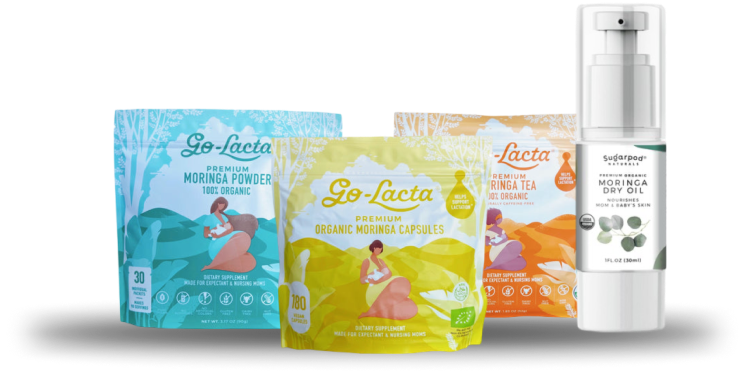
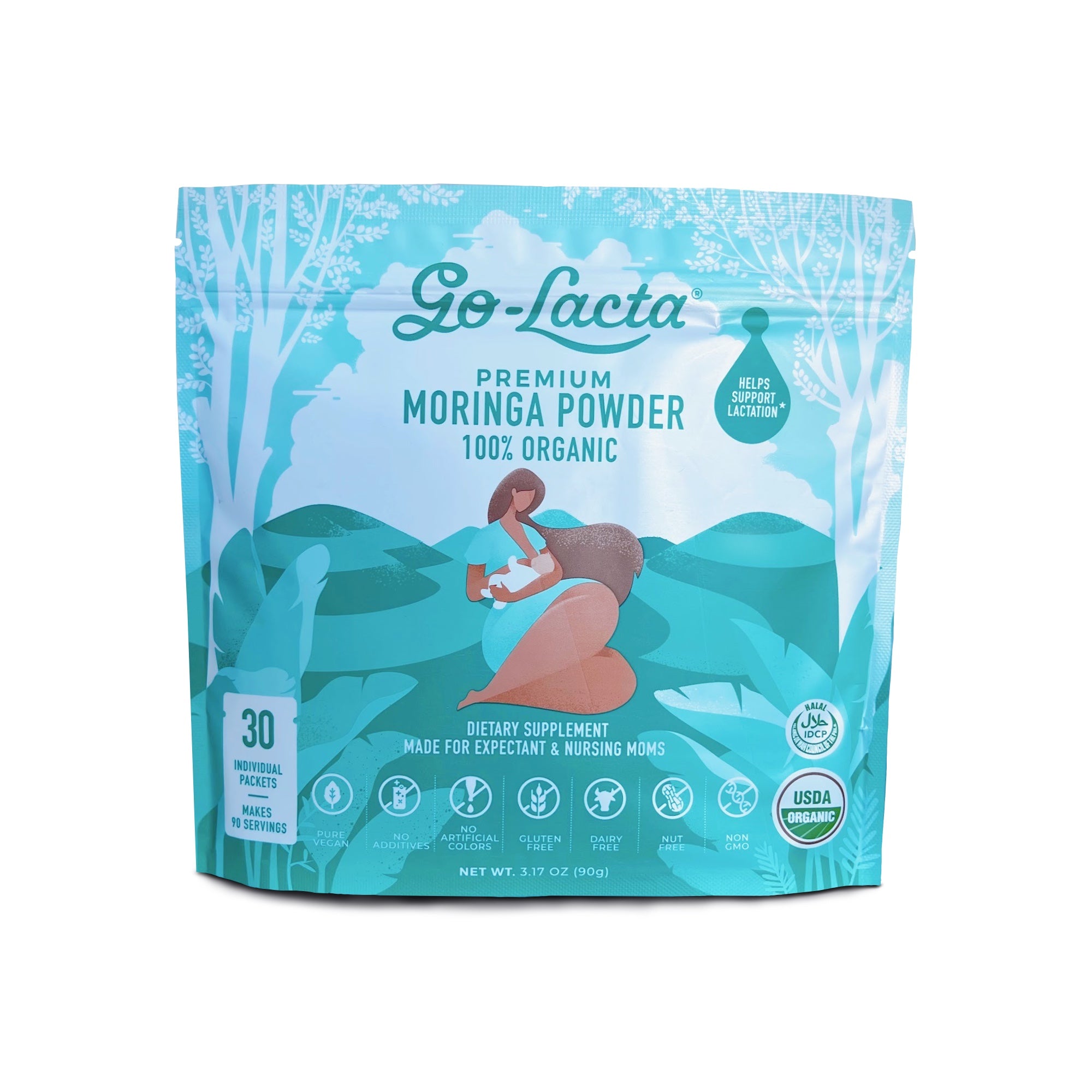
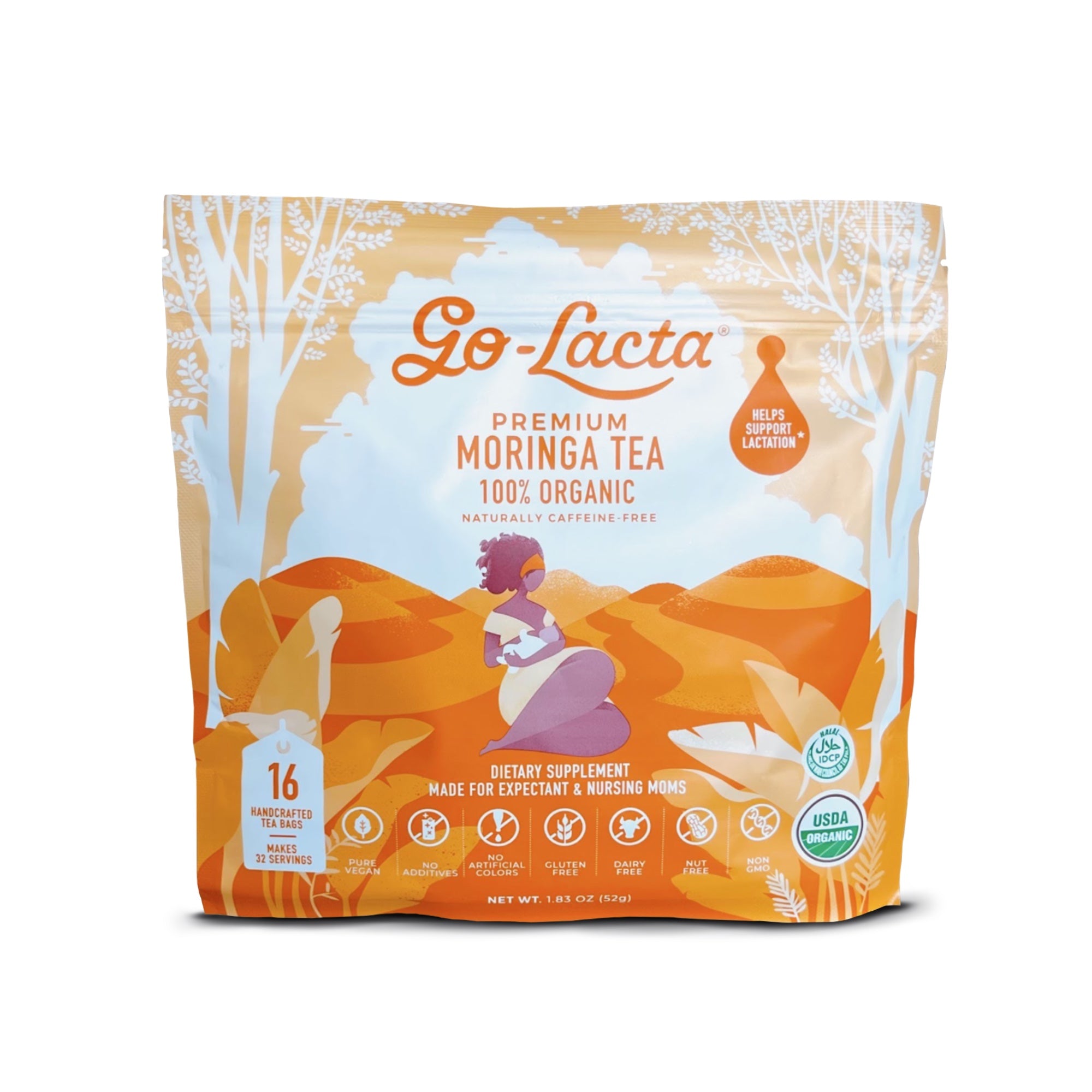
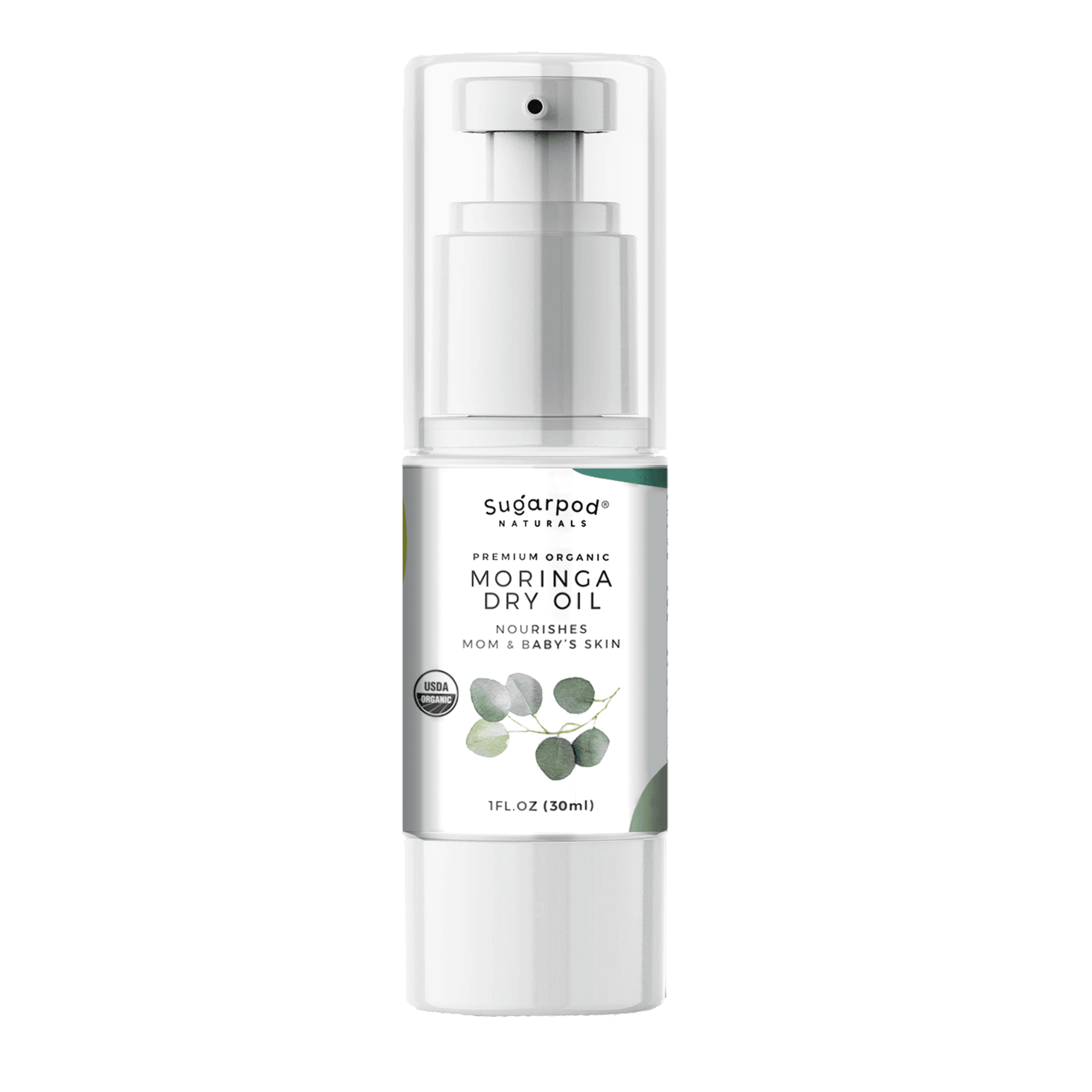

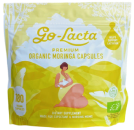





Leave a Comment
Your email address will not be published. Required fields are marked *